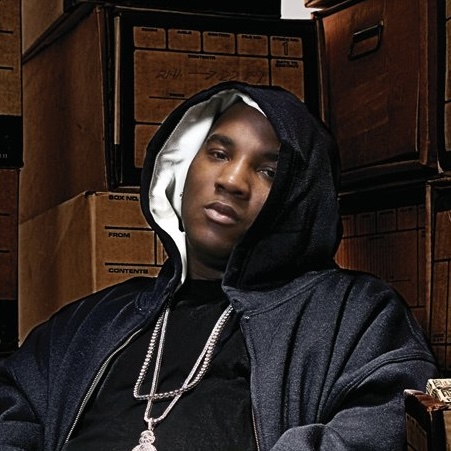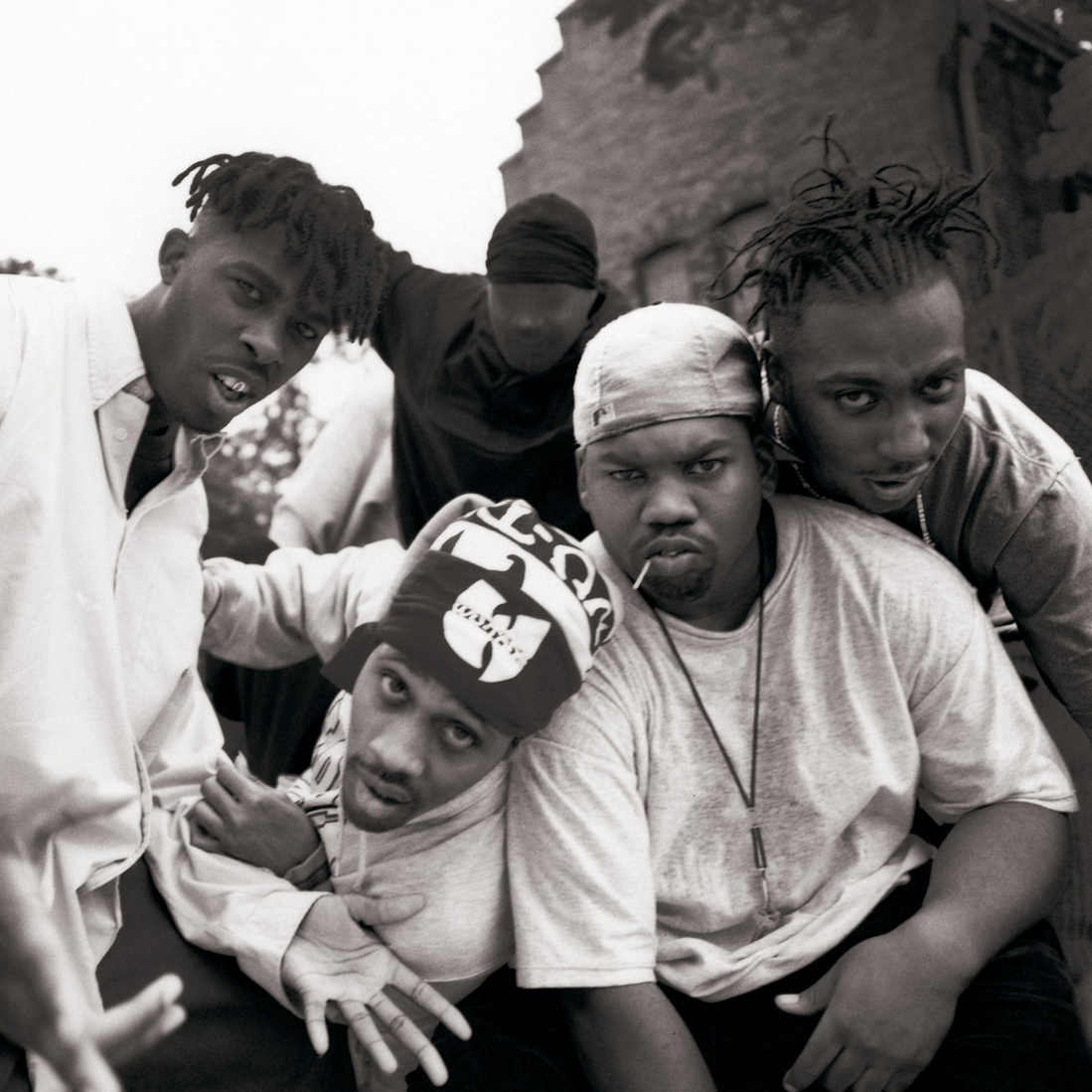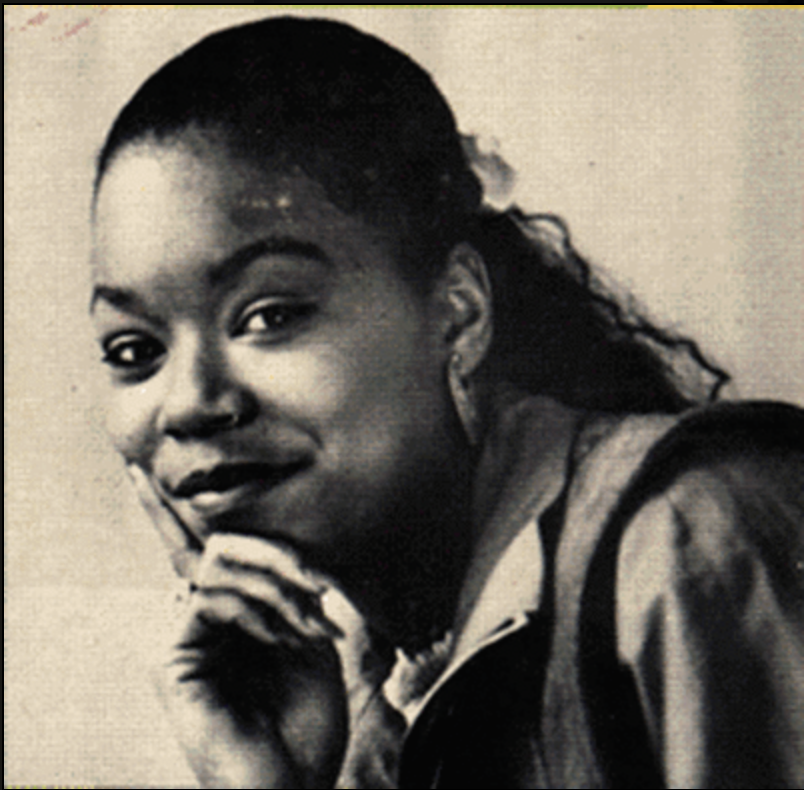
The 100 Best Rap Singles of 2005
In 2005, Young Jeezy led a Southern trap paradigm shift, marking the beginning of the end of East Coast hip-hop dominance.

In 2005, Young Jeezy led a Southern trap paradigm shift, marking the beginning of the end of East Coast hip-hop dominance.

In 2005, Young Jeezy led a Southern trap paradigm shift, marking the beginning of the end of East Coast hip-hop dominance.

Despite standout work by Wu-Tang Clan and others, the rap industry warred with itself, yielding an unmistakable feeling of dread.

Thanks to stars like Run-D.M.C. and Roxanne Shanté, rap grew fitfully into a pop culture fixture. But respect for the art remained elusive.

Despite standout work by Wu-Tang Clan and others, the rap industry warred with itself, yielding an unmistakable feeling of dread.

Thanks to stars like Run-D.M.C. and Roxanne Shanté, rap grew fitfully into a pop culture fixture. But respect for the art remained elusive.

Before she became a “gangsta rap” antagonist, C. Delores Tucker helped assemble a 1985 rap compilation with Philadelphia youth.

Over a year after the Israel-Hamas war began, numerous rap songs have appeared that address the ongoing conflict.

The intrigue surrounding Okayplayer’s future comes amid a dearth of sites that cover hip-hop with journalistic integrity.

Welcome to Rap City explores the history of the much-missed video program with not enough vintage clips and too many talking heads.

In 2005, Young Jeezy led a Southern trap paradigm shift, marking the beginning of the end of East Coast hip-hop dominance.

Despite standout work by Wu-Tang Clan and others, the rap industry warred with itself, yielding an unmistakable feeling of dread.

Thanks to stars like Run-D.M.C. and Roxanne Shanté, rap grew fitfully into a pop culture fixture. But respect for the art remained elusive.

As rap teetered between pop corporatism, brilliance and malaise, the eccentric MF DOOM as well as exotic Southern sounds offered redemption.

In 2005, Young Jeezy led a Southern trap paradigm shift, marking the beginning of the end of East Coast hip-hop dominance.

Despite standout work by Wu-Tang Clan and others, the rap industry warred with itself, yielding an unmistakable feeling of dread.

Thanks to stars like Run-D.M.C. and Roxanne Shanté, rap grew fitfully into a pop culture fixture. But respect for the art remained elusive.

As rap teetered between pop corporatism, brilliance and malaise, the eccentric MF DOOM as well as exotic Southern sounds offered redemption.